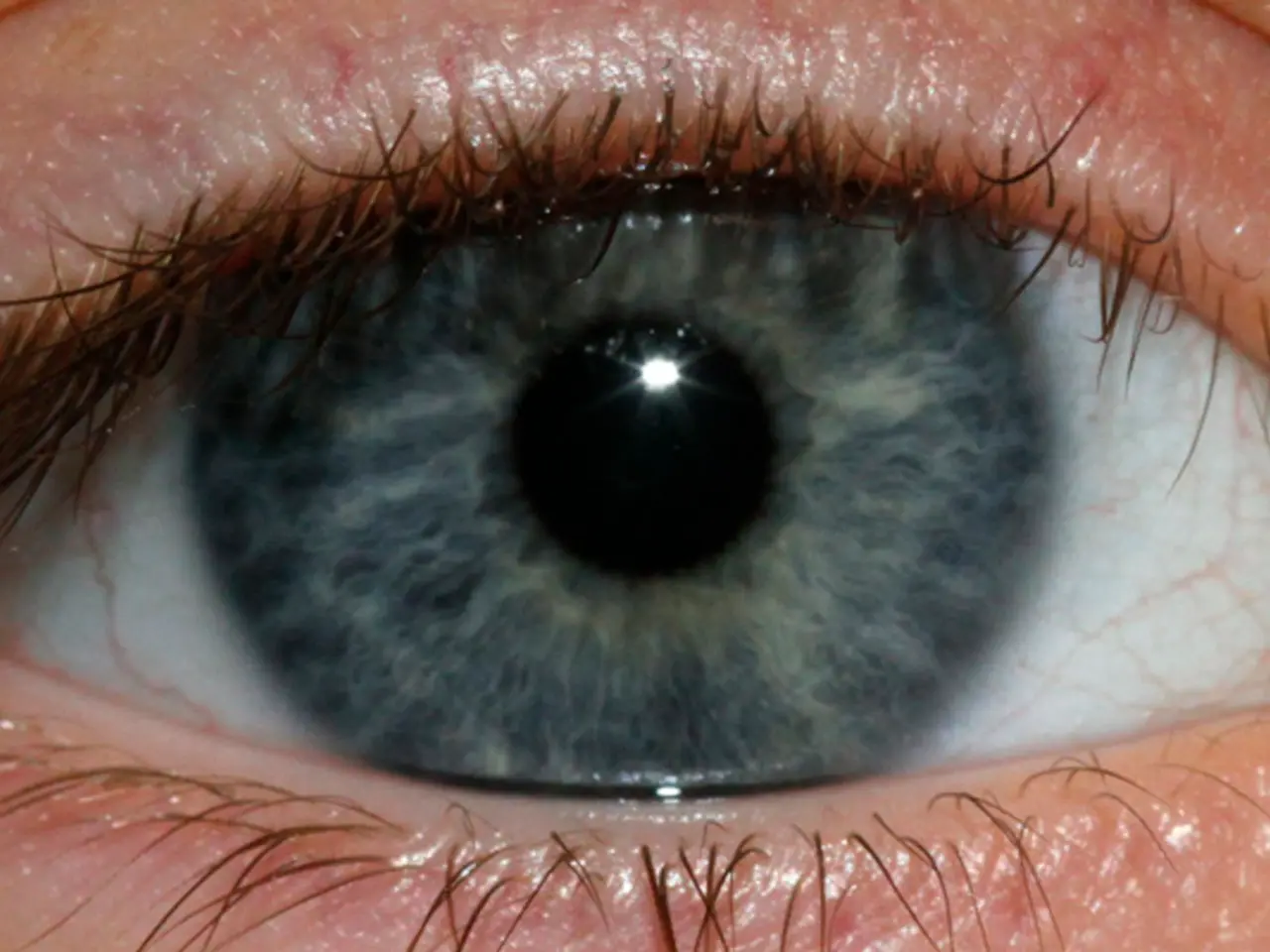Examining Potentialities: A Look at Various Assessments
In the realm of user experience (UX) design, A/B testing plays a pivotal role in understanding and improving user behaviour. By conducting A/B tests, designers can make informed decisions based on data rather than assumptions. However, not all research questions are created equal.
Good research questions for A/B testing are specific, measurable, hypothesis-driven, and aligned with business goals. For instance, a question like, "Will changing the color of the call-to-action (CTA) button from blue to green increase the conversion rate by 10%?" is a well-structured question that has a clear problem, defined test variable, and measurable outcome.
Moreover, research questions should be grounded in data or user behaviour insights, such as, "If the mobile number field on a contact form is moved to after the email field, will this increase the likelihood of users sharing their mobile number?" This question is based on user behaviour insights and specifies the expected outcome, making it testable and actionable.
On the other hand, vague or unfocused questions, like "Is this design better?" are too ambiguous to yield meaningful test results. Instead, questions should be centred on measurable goals, such as clicks, conversions, or time on site. Overly broad questions or those with too many variables at once should also be avoided, as they make it difficult to isolate the effect of any single change.
Advanced topics in A/B testing for UX design include variance reduction techniques, multi-armed bandit testing, sequential testing and early stopping rules, personalization and segmentation, and integrating qualitative insights. These methods help deepen the sophistication and effectiveness of UX A/B testing.
For instance, variance reduction techniques like Microsoft's CUPED (Controlled Experiment Using Pre-Experiment Data) reduce the required sample size and improve statistical power by accounting for variance before the experiment starts. Multi-armed bandit testing is an alternative to traditional A/B testing that dynamically allocates traffic to more successful variants to optimize outcomes while the test is ongoing.
In conclusion, effective research questions for A/B testing in UX design are specific, measurable, hypothesis-driven, and aligned with business goals. Advanced topics such as variance reduction, dynamic traffic allocation, and segmentation strategies can further deepen the sophistication and effectiveness of UX A/B testing. For those interested in learning more about A/B testing and its role in user experience design, the book "Designing with Data" by Rochelle King, Elizabeth Churchill, and Caitlin Tan is a valuable resource. The book, published in 2016, offers insights on improving user experience through A/B testing.
The user experience (UX) design process can benefit significantly from data-and-cloud-computing capabilities, especially during A/B testing, as it enables designers to analyze and compare user behavior based on data-driven decisions. For example, rather than assuming that a design is better, UX designers can formulate specific, measurable, and hypothesis-driven questions for A/B testing, such as "Does moving the mobile number field on a contact form after the email field increase the likelihood of users sharing their mobile number by at least 10%?" This question is grounded in user behavior insights and specifies the expected outcome, making it testable and actionable. On the other hand, avoiding overly broad questions or those with too many variables at once can help designers isolate the effect of any single change and conduct more effective A/B tests, deepening the sophistication and effectiveness of UX A/B testing in technology-driven projects.




